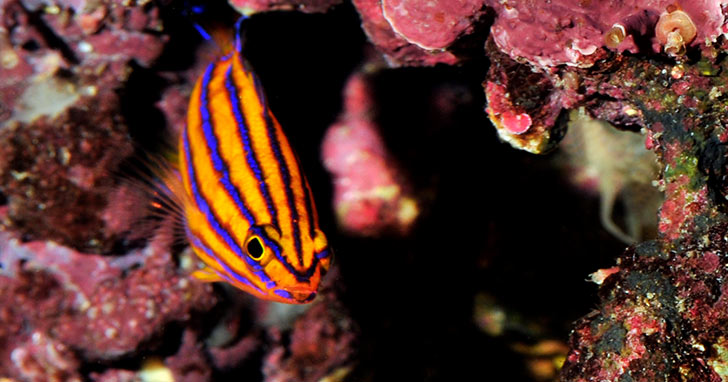Prevent a Warm Water Disaster

For aquarists, summer can be one of the most challenging times of the year, especially when dealing with water temperatures. Higher water temperatures can wreak havoc on an ecosystem if the proper precautions are not taken to regulate temperature. Guarantee your aquarium remains healthy through the warmer summer months by understanding what happens to the water when it warms and investing in the proper equipment to prevent a warm water disaster. the science of warmer water Each species of fish or coral has a particular range of water temperature within which it is most comfortable living. And, because fish are exothermic, they rely on the temperature of their environment to regulate body functions. Thus, it is important to maintain this range of water temperature to keep your aquarium inhabitants alive and healthy. When water temperatures begin to exceed a species' preferred range, as is sometimes the case during the warmer summer months, a number of things occur:
Add to that the increased waste production of the fish as a result of their increased food intake and higher metabolism and you will have the makings for a water quality disaster. simple solutions There are a number of easy ways the aquarist can counterbalance rising water temperatures in the summer. Precautions as simple as never putting your aquarium in direct sunlight, regulating room temperature with air conditioning, and ensuring that proper air and water circulation exists in your aquarium will all help regulate water temperature. Monitor heat-producing equipment to make sure it is functioning properly, or even turn them off when able. when all else fails, chill out Hobbyists seeking a more advanced solution or those using metal halide or high output lighting should invest in a chiller. Chillers work by lowering water temperature through removing the heat rather than creating cold. The ability of a chiller to remove heat per hour is measure in BTUs (British thermal units). One BTU will raise one pound of water (approximately one pint) one degree F. A unit with a higher BTU/hr capacity is more efficient and will remove heat faster than one with a lower BTU/hr capacity. Invest in a chiller that will adequately meet your aquarium's needs. You will avoid problems that are more likely to occur in warmer temperatures by monitoring and regulating aquarium water temperature. A few simple precautions will ensure your inhabitants keep their cool during the warm summer months.
|
||
|
|


